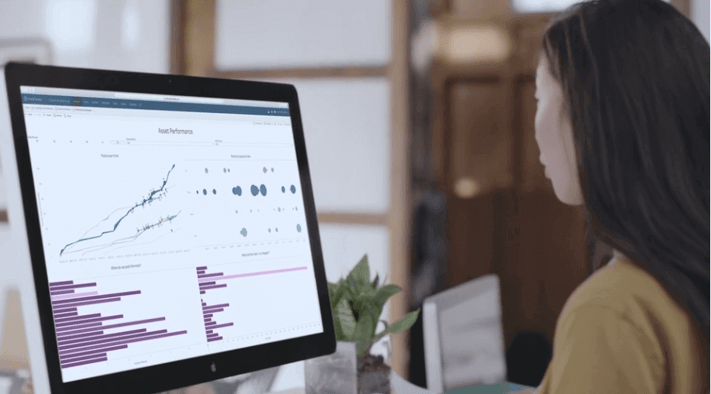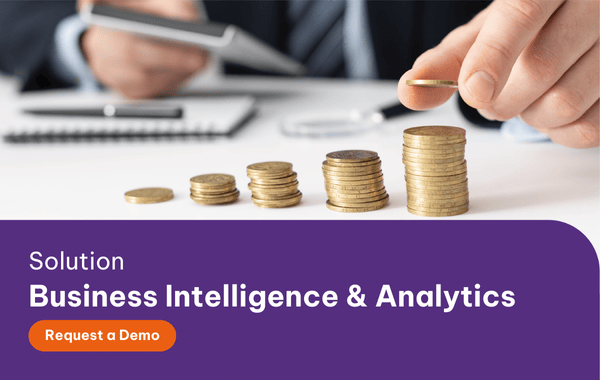Business Intelligence (BI) implies all modern technologies that can provide useful information for business purposes. The word "Intelligence" in the phrase "Business Intelligence" means the ability to access insights easily.
In the previous blog, we have mentioned the definition and benefit of Business Intelligence. Next, we will look into the three main areas of BI.
Three main areas of Business Intelligence
In fact, there are many technical frameworks for BI solutions from various vendors and their counsellors are always available to advise on their products. However, there are three main areas of BI that administrators must understand to be more active when receiving consultancy on the suitable packages:
- Data integration and storage
- Data division and analysis
- Dashboards, KPIs and reports
Read more: Revisiting the Origins and Definition of Business Intelligence

How BI integrates and stores data
One of the most fundamental goals of BI is to store information from many different systems in one place; it is called data warehouses or data mart. Specifically, a process will be integrated to read data from other proprietary data acquisition software systems of the organisation, and copy it to the data warehouse.
Different systems store information in a variety of formats, so the data must go through a process of conversion before being copied to the data warehouse. This process is referred to as ETL, and has three steps: Extract, Transform, and Load:
+ Extract: Copies raw data from each system into a duplicate table, provides a single snapshot of the data at a specific time and minimises the impact of ETL on the performance of the original system.
+ Transform: use a variety of data conversion techniques to organise data and prepare for the data warehouse.
+ Load: transfer the converted data to the data warehouse.
How BI divides and analyses data
Data in the data warehouse can be queried and reported, but BI solutions also often do additional work, such as advanced reporting, forecasting and analysing. This is called the “Online Analytical Processing” (OLAP).
BI solutions can divide data into cubes, which are a structure that shows the information stored in the data warehouse and pre-calculates the required amounts, determines calculations and filters to speed up reports and dashboards. And OLAP has many advantages thanks to these data cubes.

Since departments or individuals in the organisation are granted access to certain cubes, the work can be done orderly and efficiently. Not to stop there, identifying these separate cubes of data also allows a balance between security, speed, and reporting flexibility.
Furthermore, OLAP offers the transfer of data into knowledge through data mining. Specifically, this is an automated process for seeking trends and anomalies after restructuring the raw data. Most importantly, this BI’s analytical tool can screen a data cube, and provide valuable insights that are often overlooked.
Read more: OLAP Technology: Handling Big Data in the Hospitality Industry
Dashboards, KPIs and reports in BI
The actual value of BI will be identified through the dashboards, KPIs, and reports with the following specific benefits:
1. The BI report is similar to traditional paper reports, but it constantly provides important metrics (daily, weekly, or monthly).
2. The dashboard provides rights and flexibility in a variety of ways:
- Collecting and combining online interactions
- Selective privacy based on group membership
- Detailed information and perspectives
- Multiple dataset visualisations (maps, charts, etc.)
4. KPIs are elements designed to represent performance when compared to business objectives. Hence, KPI provides a key direction for the organisation's goals, defined at the OLAP level, not at the reporting level, to provide users with timely and authoritative information.
Improve and guide your business to greater success with BI solutions now! You can subscribe to our blog or request a free demo right now!
 English
English  Vietnamese
Vietnamese 


